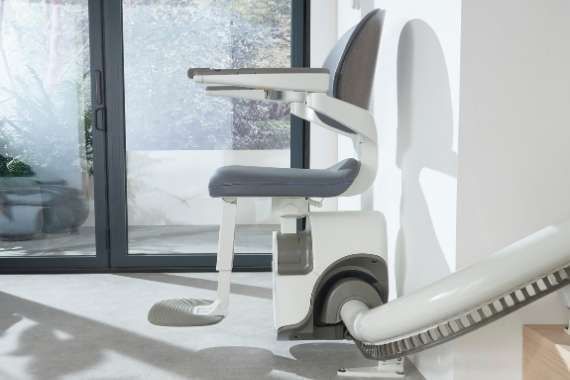
When it comes to vertical mobility, the choice between stair elevators and traditional lifts can feel overwhelming. Both solutions aim to enhance accessibility and convenience, but they cater to different requirements and Stair elevators (Elevadores para escaleras). Here’s a data-driven look at the key differences to help you determine which option is better suited for your needs.
Understanding Stair Elevators and Traditional Lifts
Stair elevators, often called stairlifts, are motorized chairs or platforms installed on a track running along a staircase. They are widely used in residential spaces to aid individuals with reduced mobility in navigating stairs. On the other hand, traditional lifts (or elevators) are enclosed cabins designed to move vertically between floors, making them common in both residential and commercial settings.
Cost Comparison
One major factor people consider is cost. Stair elevators typically cost less than traditional lifts, with installation costs ranging between $2,000 and $10,000 depending on the staircase design and the model selected. Traditional lifts, including construction and installation, can cost anywhere from $10,000 to over $50,000, depending on the number of floors and specifications.
Statistically, stair elevators are a more affordable solution for single-flight challenges. However, for multi-floor buildings, traditional lifts often provide better long-term value due to their efficiency and ability to transport multiple passengers at once.
Space Requirements
Space is another critical factor when choosing between these two options. Stair elevators are designed to be space-saving, requiring no significant structural alterations. They are ideal for homes where space constraints or staircase dimensions make installing an elevator impossible.
However, traditional lifts require more structural preparation, including a shaft and machine room. While this takes up more space and often involves extensive modifications, it provides faster and more versatile transportation.
Accessibility and Versatility
When it comes to accessibility, both stair elevators and traditional lifts shine in different areas. Stair elevators are perfect for individuals with limited mobility who need help navigating a single staircase, making them highly suited for homes with only a couple of floors.
Traditional lifts, on the other hand, are far more versatile. They can carry multiple passengers simultaneously and are capable of transporting heavier loads, making them the go-to option for offices, hospitals, and high-rise buildings. If statistics drive decisions, data shows that traditional lifts handle far more traffic daily in commercial settings compared to stair elevators.
Safety and Maintenance
Safety is a universal concern for mobility aids. Modern stair elevators come equipped with features like seatbelts, safety sensors, and remote controls. However, they are best suited for slow-paced, individual use. Traditional lifts, with their enclosed cabins and controlled operations, offer robust safety mechanisms that include emergency stops and backup power, making them better suited for high-traffic areas.
Routine maintenance is essential for both solutions. Data suggests that stairlifts require less frequent servicing due to simpler mechanisms. Traditional lifts, because of their complexity and commercial usage, may demand more frequent and extensive maintenance.
Making the Right Choice
Ultimately, the decision between stair elevators and traditional lifts depends on your specific needs. If you’re seeking a cost-effective and straightforward solution for navigating a single staircase, a stair elevator might be the right choice. However, for higher capacity, versatile use, and multi-floor accessibility, traditional lifts are the better investment.
